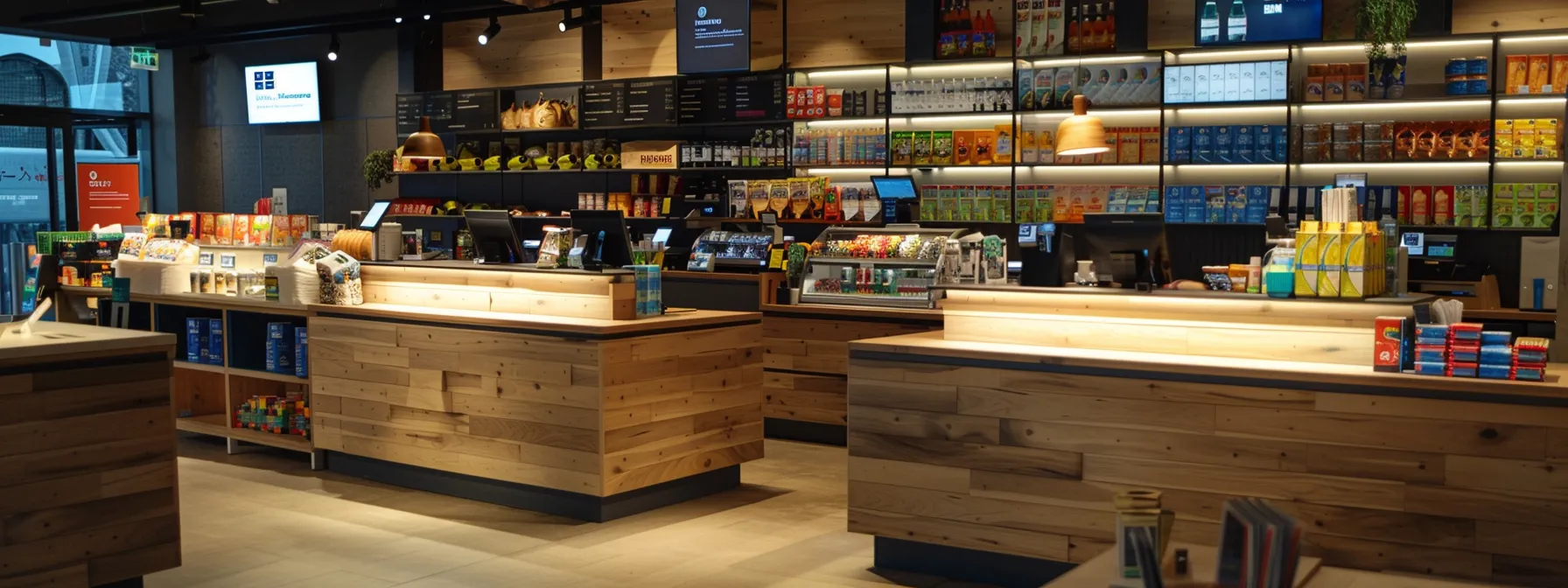What Was Keyword Stuffing in the Early Days of SEO?
Back when search engine optimisation (SEO) was just getting started, website owners often used a trick called keyword stuffing. This meant cramming as many keywords or phrases as possible into their website content. The idea? To convince search engines like Google that their pages were super relevant to those terms. In those early days, it was a quick way to shoot up to the top of search results.
Why Did Search Engines Crack Down on It?
As search engines, especially Google, got smarter, they spotted the problem with keyword stuffing. It was a sneaky way to game the system, not a genuine effort to help users. So, they updated their algorithms to catch and punish websites doing it. Today, keyword stuffing doesn’t work anymore. It’s something search engines actively frown upon.
What Makes Keyword Stuffing a Black Hat Tactic?
Keyword stuffing is now labelled a “black hat” SEO tactic. That’s a term for dodgy strategies that break search engine rules to get fast, but shaky, results. When a webpage is overloaded with keywords, it ruins the quality of the content. Worse still, it can trigger penalties from search engines, dragging the site down instead of lifting it up.
How Does It Affect Your Website Today?
Modern search algorithms are all about rewarding quality. They’re built to spot content that’s useful and relevant to real people. Keyword stuffing, though, screams manipulation. It’s not about informing or helping users, it’s about tricking the system. Websites that still try this old trick often see their rankings drop rather than rise.
What’s the Better Way to Do SEO?
Stuffing a page with the same word or phrase over and over just doesn’t cut it anymore. It won’t win you favours with Google, instead, it’s more likely to land you in trouble, like slipping down the search results. These days, good SEO is all about creating top-notch, user-friendly content. The trick is to weave in relevant keywords naturally, keeping things authentic and sustainable for the long haul.




